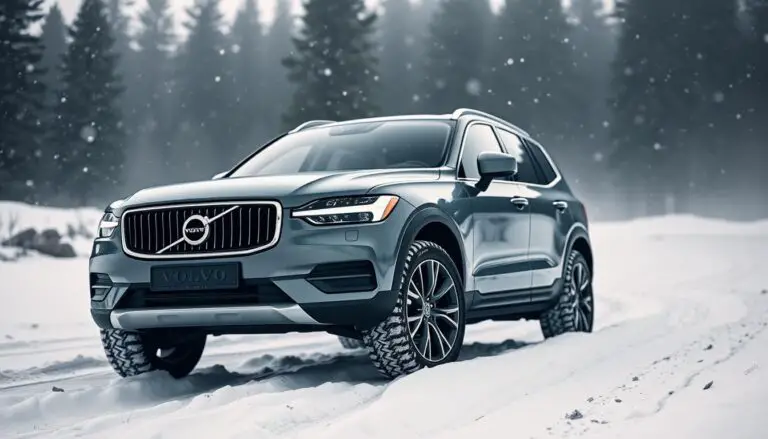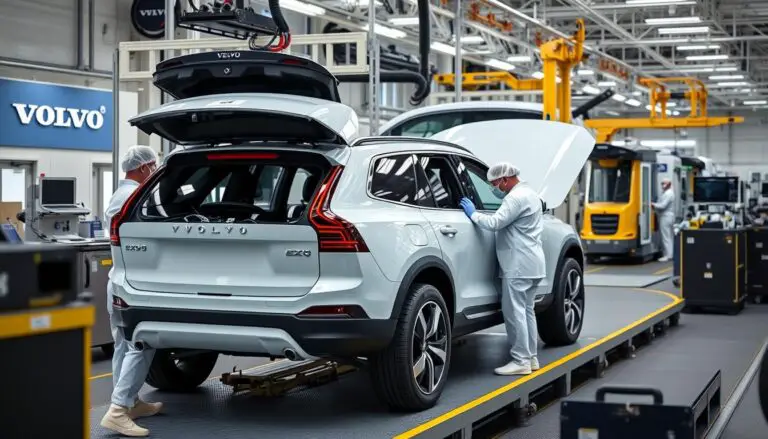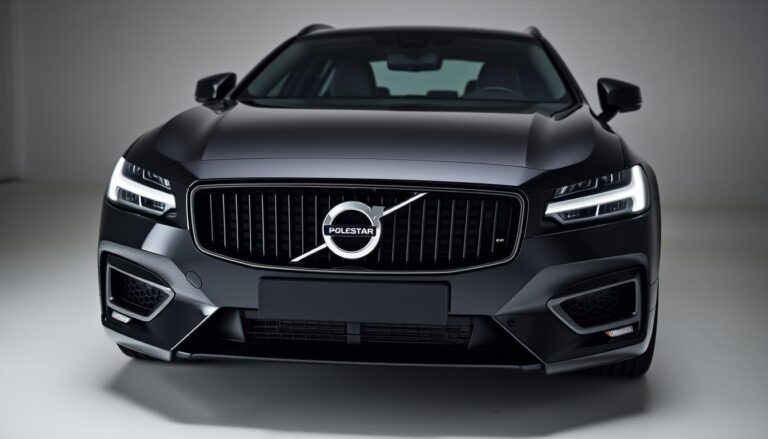Volvo, a safety trademark in the world of automobiles was founded in 1927, by two Swedish internationals. Since its foundation, Volvo has evolved both as an automobile brand and as a pioneer of engineering evolutions. Today, the brand has emerged as one of the largest automobile and equipment manufacturers. But, what is the history of Volvo?
After being founded in 1927, Volvo primarily started manufacturing cars in Sweden. Later, Volvo focused more on making trucks and construction equipment. In the 1950s Volvo expanded more in Europe and Central America. They now have more than 13 brands and subsidiaries, focusing largely on trucks.
The timeline and evolution of Volvo are interesting and an inspiration for brands that don’t want to compromise with quality and focus on getting better every single day.
The History Of Volvo: Volvo History Timeline

Volvo has a rich history. The company started small with big dreams and commitments. Today, their timeline is proof that it has achieved what it aspired to be.
Here is a detailed history of Volvo and its evolution into the world of automobiles.
The Start Of A Great Company
In 1911, Volvo was registered as a trademark and started its journey within the SKF group as a new lineup of ball-bearing. Later in 1924, an employee of SKF, Assar Gabrielsson and Gustav Larson planned to transform it into a car manufacturing brand.
The initial plan was to make cars solely focusing on safety standards. They wanted to come up with a prototype that could handle the rough conditions of Sweden.
After a year of hardship within the SKF firm, they emerged victorious with their first car.
The First Volvo Car: 1927
The first car Volvo, or AB Volvo was first introduced in 1927. Volvo ÖV 4 was the first car of Volvo, manufactured in the Hisingen Plant of Gothenburg. The journey started with only 280 cars.
The First Volvo Truck: 1928
Following the success of the first Volvo car, they manufactured their first truck, the Series 1, the next January 1928.
This was the first stepping stone of something great.
The Story Of Duett
The production of Volvo Duett in 1953 was a historical event in the timeline of Volvo. Duett was the first practical car from Volvo and later on, more than six million units of Estates were manufactured following its launch.
Stepping Into Construction And Agricultural Equipment Business In 1950
The majority of Volvo’s revenue is now generated from the equipment business. The first stepping stone in this industry was in 1950. Volvo bought Bolinder-Munktell, a Swedish equipment manufacturing giant, and renamed it to Volvo BM.
Later on, the company was sold and now the construction equipment industry is a result of many acquisitions and named Volvo construction equipment.
Going Beyond Borders: 1955
The first car in Volvo’s timeline to make a headline was the PV444. Volvo started its production in 1947. In 1955, the car entered California, being the first Volvo car to be imported to the United States.
Within a couple of years, Volvo became the second-largest importer of cars in California. Texas was added to the list in 1956.
Since then, The USA has become the largest market for Volvo cars.
The Innovations That Introduced Vehicles To A New Era Of Safety (1959-1976)
The years between 1959 to 1976 were important not only for Volvo but also for the world of Automobiles. Volvo engineer Nils Bohlin introduced the three-pin seatbelt that we use in modern cars these days. From the engine to the exterior, Volvo came up with revolutionary innovations in this period.
Expansion In Europe
Between the years 1964 to 1969, Volvo managed to open multiple manufacturing plants all over Europe. The first plant outside of Sweden was in Brussels, followed by Australia and Malaysia.
These plants helped boost the production of Volvo cars and trucks all over Europe.
Collaboration With Renault In 1970
French manufacturer Renault started collaborating with Volvo in the 1970s. The two companies shared technology and innovations in entry-level and higher-level automobiles.
Later on, a deal between Renault and Volvo caused a massive disagreement between the board members and caused the alliance to be dissolved in 1994.
The Major Change In Management: 1994
Following the Renault-Volvo deal, the older management board was suspended and a new era began with a new management in 1994.
The board reimagined the vision and set new goals focusing on automobiles and innovation. After the management took charge of the company, Volvo Cars was sold to Ford.
Introduction Of The First SUV In 2002
The Volvo XC90 was the first SUV from Volvo. They entered into the league of SUVs in 2002 and now have a strong lineup of great SUVs.
Manufacturing Plants In China And The US
After expansion in Europe and Asia, Volvo inaugurated its next plant in 2013 in one of the biggest automobile markets in the world, China. The Plant in Chengdu was a big leap in contending in the Chinese market.
In 2019, Volvo introduced its first plant in the USA, in South Carolina. This completed Volvo’s expedition to conquer the whole world.
Stepping Into The World Of Electric Vehicles
Volvo stepped into the world of electric vehicles in 2019 with the Volvo XC40. Currently, Volvo is competing with the automobile giants in the Electric vehicle segment.
Current Operations Of Volvo: Where Does The Brand Stand Now?
In the year 2022, Volvo generated a whooping revenue of 473.5 billion KR. Volvo now has almost 100 thousand employees. The company has multiple subsidiaries including Volvo truck, Renault truck, Volvo construction equipment, Volvo buses, Volvo Penta, and Volvo financial services.
About two-thirds of the revenue comes from Volvo trucks and the second one in this list is Construction equipment.
Current Ownership Of Volvo Cars
After facing financial losses in 2009, Ford was forced to sell Volvo. Geely Automobiles bought Volvo in 2009 and since then, they have been managing the reputed brand well. The sales are increasing every year and recently they have shifted their focus towards hybrid and electric cars.
Where Is Volvo Headquarters?
The AB Volvo Headquarters is in Gothenburg, Sweden.
When Was Volvo Founded?
Volvo started its operation in 1927. Some believe the company started its journey in 1911.
Who Owns Volvo Cars Now?
Geely Sweden Holdings AB is the largest shareholder of Volvo cars. It was previously owned by Ford.
What Is The First Volvo Car?
The Volvo ÖV 4 was the first Volvo car ever made in 1927. It was manufactured in Sweden.
How Many Brands Does Volvo Own?
Volvo currently has investments and shares in multiple companies. However, the major companies under Volvo include Volvo, Volvo Penta, Rokbak, Renault Trucks, Prevost, Nova Bus, Mack, and Arquus.
Conclusion
The history of Volvo includes so many turns and strategic changes. The company has faced numerous downfalls throughout its journey, but the strong minds and the determination to do better innovations have never let the company down.
That’s why Volvo is now considered one of the trademarks of safety.



